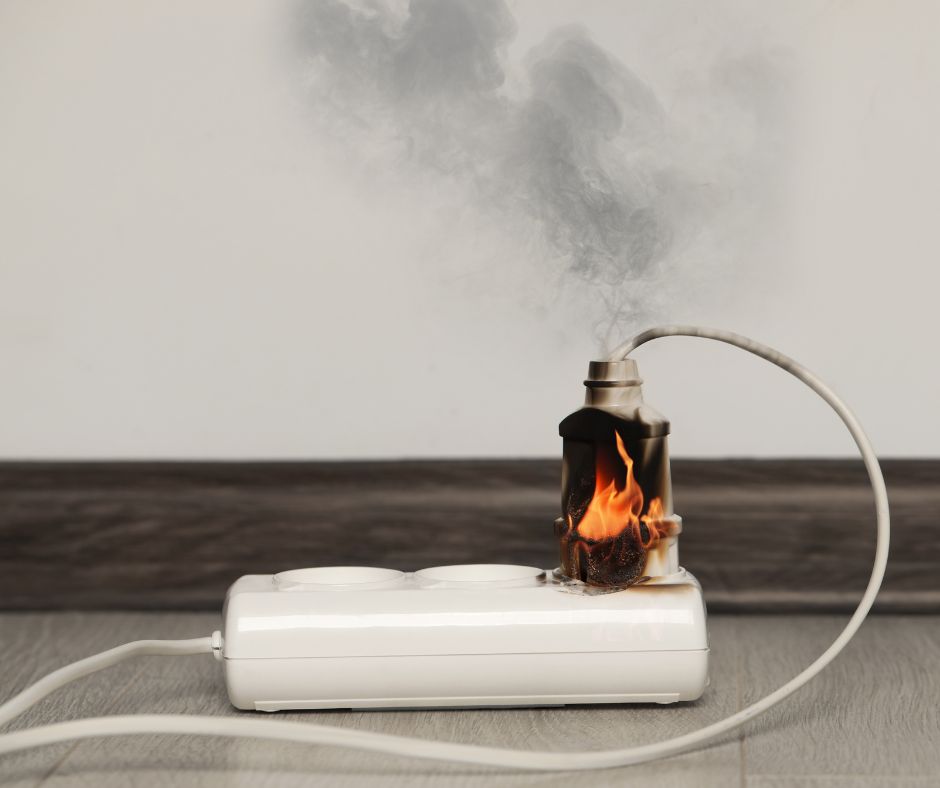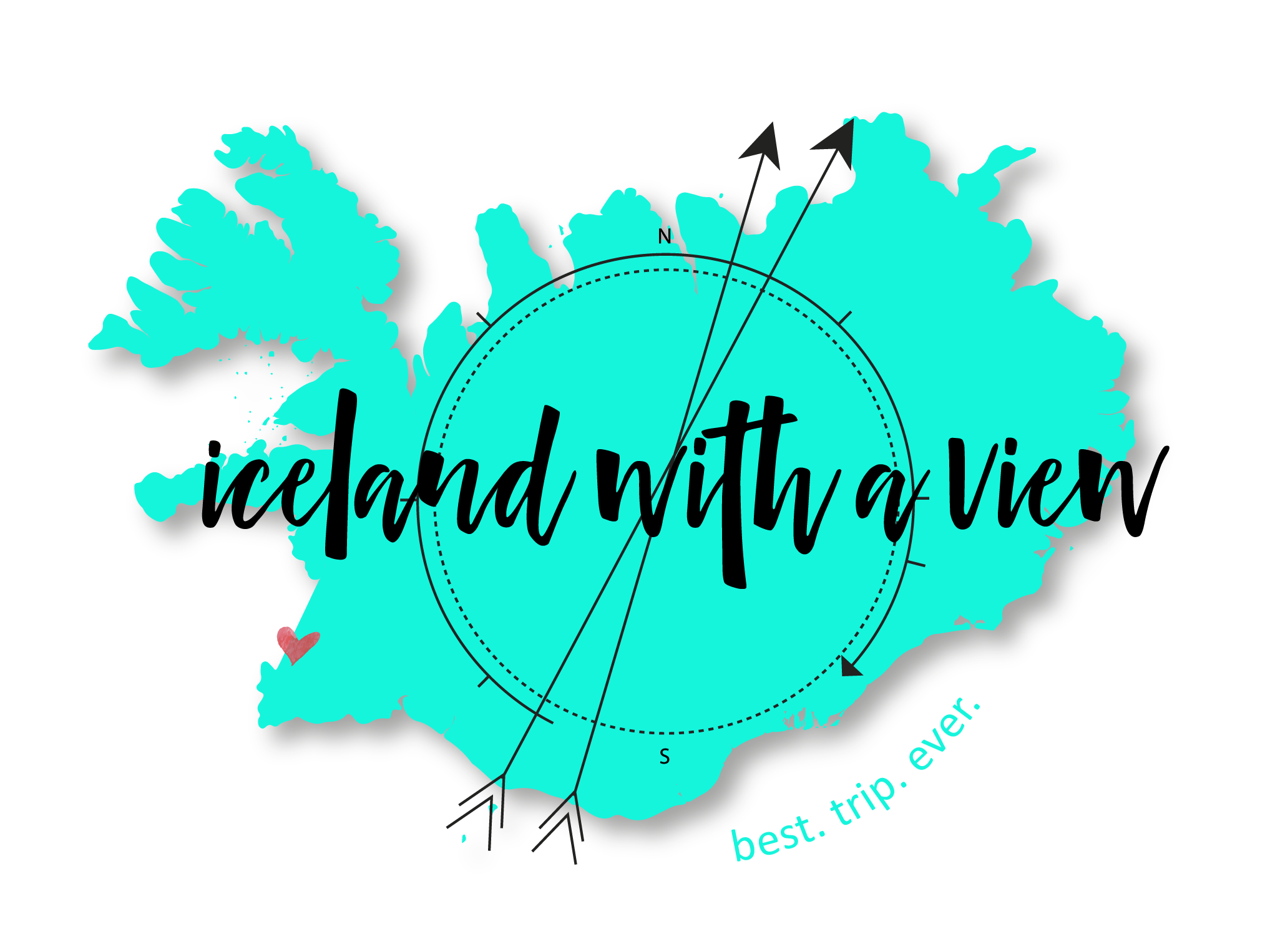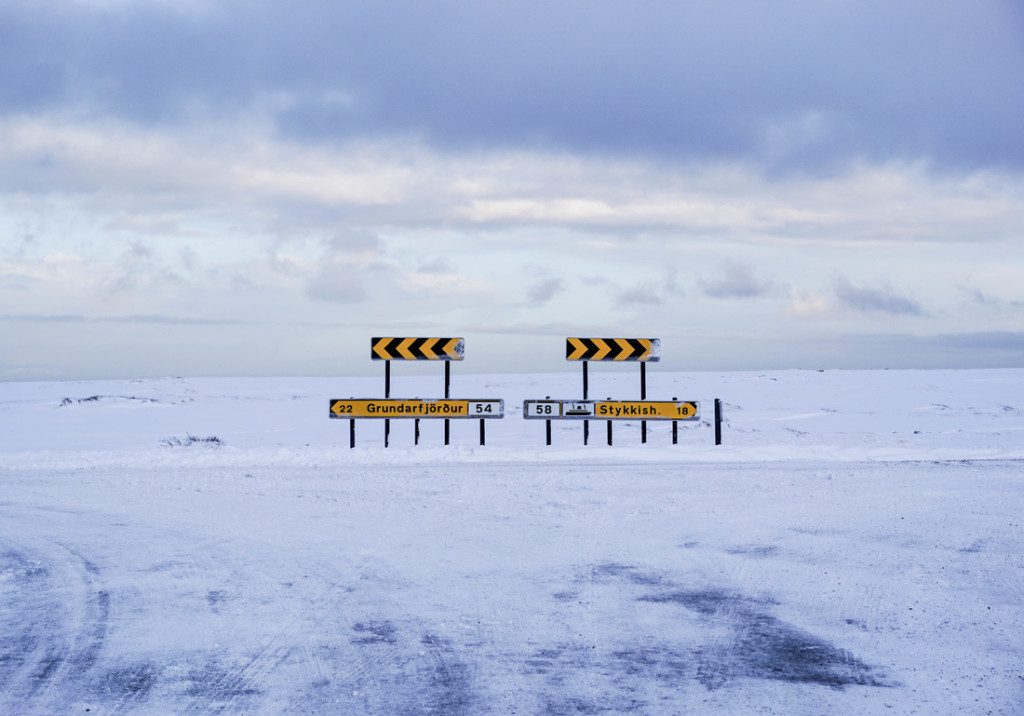When you’re planning a trip to Iceland, one of the major things that you have to be concerned with is *drumroll please* Iceland’s plugs.
Now I know that it isn’t the sexiest thing to think about when planning your trip, but it’s hands down one of the most popular topics that floods my inbox.
So, in this post, I cover what kind of outlets we have here, what you need in order to plug your devices into the wall, Icelandic plugs, and what kind of adapter you need for your trip.
Oh, and what the heck is the difference between an adapter and a converter anyway?
Stick around and let’s find out!
Iceland Plug Type
If you’re curious to know what plugs are used in Iceland, it’s the Standard European plug. So yes, Iceland does use the same plugs as Europe.
In Iceland, the electricity plug standard includes two types of sockets:
Type C: There are only two round prongs
Type F: This one has two clips on the side.
What’s really important to know, is that the electricity in Iceland operates at 230 volts.
It can be really confusing to know the difference between an adapter and a converter because people often use these terms interchangeably – including myself.
So, let’s cut through the fog, get to the truth and set it in stone, once and for all!
Iceland Plug Adapter

If you’re traveling to Iceland from North America or another part of the world that doesn’t use the standard European plug, you’ll need to purchase an adapter to plug in your devices.
Adapters are used to physically match the shape and configuration of plugs to different electrical outlets in different countries.
Think of it as the ‘bridge’ between your device’s plug, and the Icelandic electric socket.
You plug your device into the adapter, and the adapter then plugs into the wall. Easy peasy!
Important note: An adapter does not convert voltage, it just adapts the plug.
‼️ It has to do with the mechanics of it, NOT the voltage ‼️
If you’re thinking, what adapter do I need for Iceland? There are two types you can buy.
A single adapter means that it can only plug into one outlet. So you can take your plug, no matter where it’s from in the world, and plug it into an Icelandic socket.
The second one is a multi-adapter, and it’s pretty cool because you can plug all sorts of plugs into different outlets.
They usually come with different ways to release the plugs.
So an adapter adapts the plug, and a converter converts the voltage. If someone asks me about getting an Iceland plug converter, what they really need is a plug adapter.
An adapter is good for the basics such as charging your phone, camera, or computer. Usually, those items have similar voltages that can be charged through different electrical outlets.
If this sounds like something you need, THIS is my favorite adapter for Iceland.
Pro Tip: I recommend bringing a power strip from home. You can charge multiple devices with the same voltage from a single outlet and use one adapter, making your life a little easier!
Iceland Converter

The voltage in North America is between 110 to 120 volts. The voltage in Iceland, Europe, and most countries around the world ranges from 220 to 240 volts.
So, unless you want your devices to light up like the 4th of July, you’ll need a converter to ensure it’ll adapt to higher voltage standards.
All devices will display the voltage they’re rated for, so all you have to do is check and see if you’re able to use the plug in Iceland.
For example, if my device is suited for 120-240 volts, it means that I can use it in North America and Europe because it’s rated for both voltages.
I REALLY wish I’d known this when I first moved to Iceland. I actually fried a straightener and two blow dryers because I didn’t use a converter to handle the electric load.
Now, for all you ladies who keep asking me about hair dryers, straighteners, and curling irons, well, you’ll probably need a voltage converter.
But, let’s be real, Iceland’s crazy weather and a good hair day rarely go hand-in-hand! And anyway, most accommodations in Iceland will have a hair dryer, so if you want to simplify your life, you may want to leave it at home.
If you don’t have the right voltage conversion, then you’re at risk of damaging your device, melting the converter, or even worse, starting an electrical fire. So please check the voltage rating before you travel.
Many of you have asked if you need a voltage adapter for Iceland/power adapter but when you’re talking about voltage, you need a converter. Confusing, I know!
Frequently Asked Questions About Plugs In Iceland
Can I charge my iPhone in Iceland?
Yes you will be able to charge your iPhone in Iceland, as Apple chargers support between 100 to 2400 volts. And of course, make sure you have an adapter if you’re coming from the US or the UK!
Are Iceland’s plugs the same as in the UK?
No. If you’re traveling to Iceland from the UK you will need an adapter plug.
While the plug type in Iceland is the Standard European Plug with Type C and Type F sockets, the UK uses Type G.
If you’re planning a trip to Iceland and find yourself scrolling on Google for hours on end, trying to find all the information needed
STOP!
Ain’t nobody got time for that 🙅♀️
I’m passionate about equipping you with practical tips and information you’ll need to make your trip to Iceland as smooth and seamless as possible.
In these Guidebooks and Maps, I’ve included itineraries, and digital maps with over 500 pinned locations like where to shop for souvenirs, pharmacies, and playgrounds to name a few.
Plus, you’ll find exclusive tips that nobody shares – not even Google – and so much more!
It’ll literally save you hours of planning.
Time that you can spend grabbing a coffee, getting your hair done, taking up sandcastle sculpting, or picking out your new Iceland plug adapter 😅
Happy planning!

Pin it for later! 👇








